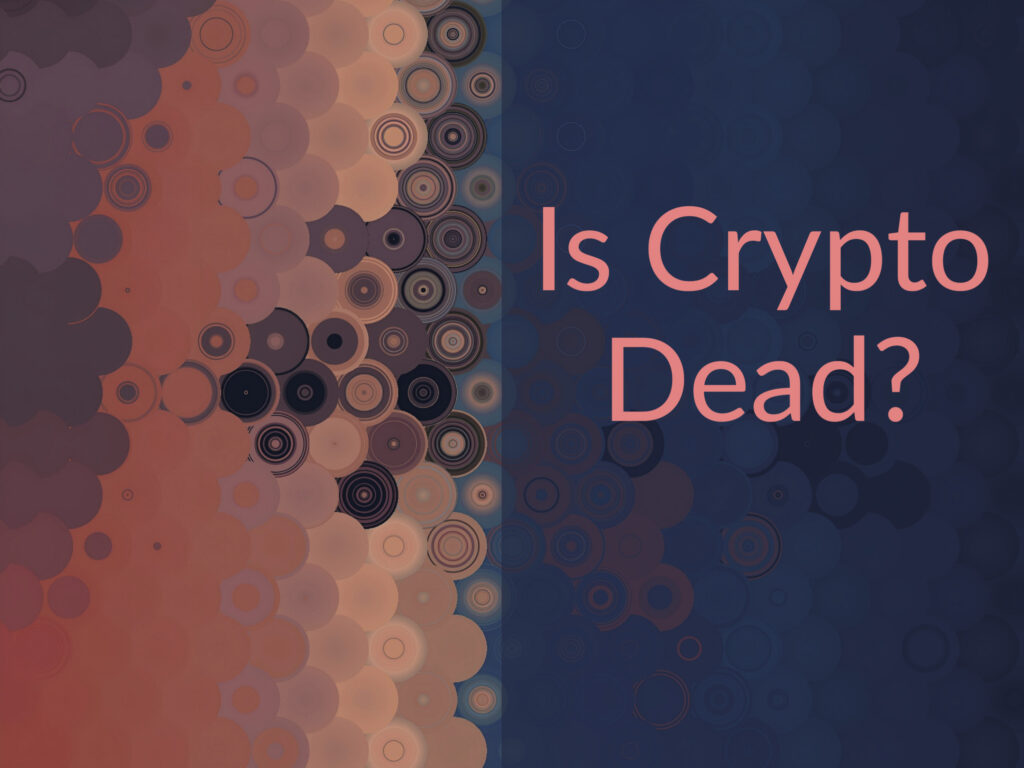How the bankruptcy of FTX, the world’s third-largest crypto exchange, undermines trust in cryptocurrency and decentralized finance, making it even more difficult for crypto to ever be taken seriously as a monetary alternative.

Topics covered include:
- How FTX squandered its customers’ deposits
- How FTX is another example of a private money bank run
- How traditional securities lending works and why it is very low risk compared to the highly speculative nature of cryptocurrency lending platforms
- How FTX’s demise is impacting numerous entities including Voyager, BlockFi, Bitcoin miners, venture capitalists, and many others
- How should individual investors store cryptocurrency, and does it even make sense to continue to own it
Show Notes
Don’t Miss Out on Crypto: Larry David FTX Commercial
The spectacular implosion of crypto’s biggest star, explained by Emily Stewart—Vox
FTX balance sheet, revealed by FT Alphaville—Financial Times
After FTX: Rebuilding Trust in Crypto’s Founding Mission by Noelle Acheson—CoinDesk
How Sam Bankman-Fried’s Crypto Empire Collapsed by David Yaffe-Bellany—The New York Times
Episode Sponsors
LinkedIn – Post your job for free
Related Episodes
393: What Happens If Your Brokerage Firm Goes Bankrupt
Transcript
Welcome to Money For the Rest of Us. This is a personal finance show on money, how it works, how to invest it, and how to live without worrying about it. I’m your host, David Stein. Today’s episode, 410, is titled “Is Cryptocurrency Dead?”
FTX Bankruptcy
Last week FTX, the third-largest crypto exchange in the world by trading volume, with a 10% market share, filed for bankruptcy. FTX was founded in 2019 by Sam Bankman-Fried. It had over a million customers in 2021. This past February, during the Super Bowl, FTX ran an ad featuring Larry David, the comedian.
In the ad, he was highly skeptical of numerous inventions throughout time. The tagline of the ad was “Don’t be like Larry. Don’t miss out on crypto. NFTs. The next big thing.” Now, apparently, FTX’s customers are missing out on over a billion dollars of their funds that they had custodied at FTX. The money’s gone, and the Security and Exchange Commission and the Justice Department are investigating.
John J. Ray III, the new CEO of FTX—because Bankman-Fried resigned—said that chapter 11 is “appropriate” to provide FTX Group the opportunity to assess its situation and develop a process to maximize recoveries for stakeholders. In an interview with New York Times journalist David Yaffee Bellany, Bankman-Fried said that his affiliated trading firm, Alameda Research, had a large margin position on FTX, which means Alameda had borrowed a significant amount of money from FTX.
Bankman-Fried said, “It was substantially larger than I had thought it was, and in fact, the downside risk was very significant.” He continued, “Had I been a bit more concentrated on what I was doing, I would have been able to be more thorough. That would have allowed me to catch what was going on on the risk side.”
Alameda Research and FTT
Bankman-Fried founded Alameda Research in 2017. It was a trading firm. It had offices in Berkeley, California, and it made millions of dollars initially exploiting inefficiencies in the Bitcoin market. There was a close linkage between FTX and Alameda.
Alameda would trade on the FTX platform, which means sometimes it was taking the opposite side of the trades of FTX’s customers; potentially, a conflict of interest. Bankman-Fried in the past has suggested that Alameda was providing crucial liquidity for customers to be able to trade.
Ian Allison of Coindesk pointed out just over a week ago that Alameda’s largest asset was a token, a crypto token issued by FTX. That token was FTT. Alameda, as of June 30th, had almost $15 billion of assets, but close to $4 billion was FTT, this is token.
Cory Klippsten, CEO of the investment platform Swan Bitcoin said it’s fascinating to see that the majority of the net equity in the Alameda business is actually FTX’s own centrally controlled and printed out of thin air token.
Holders of those FTT tokens could get discounts on FTX trading fees, but as Nick Carter, partner at venture capital firm Castle Island Ventures says, they printed this token out of thin air, endowed it with some valuation, and then Alameda used it as collateral.
As a Money For the Rest of Us Plus member, you are able to listen to the podcast in an ad-free format and have access to the written transcript for each week’s episode. For listeners with hearing or other impairments that would like access to transcripts please send an email to jd@moneyfortherestofus.com Learn More About Plus Membership »
